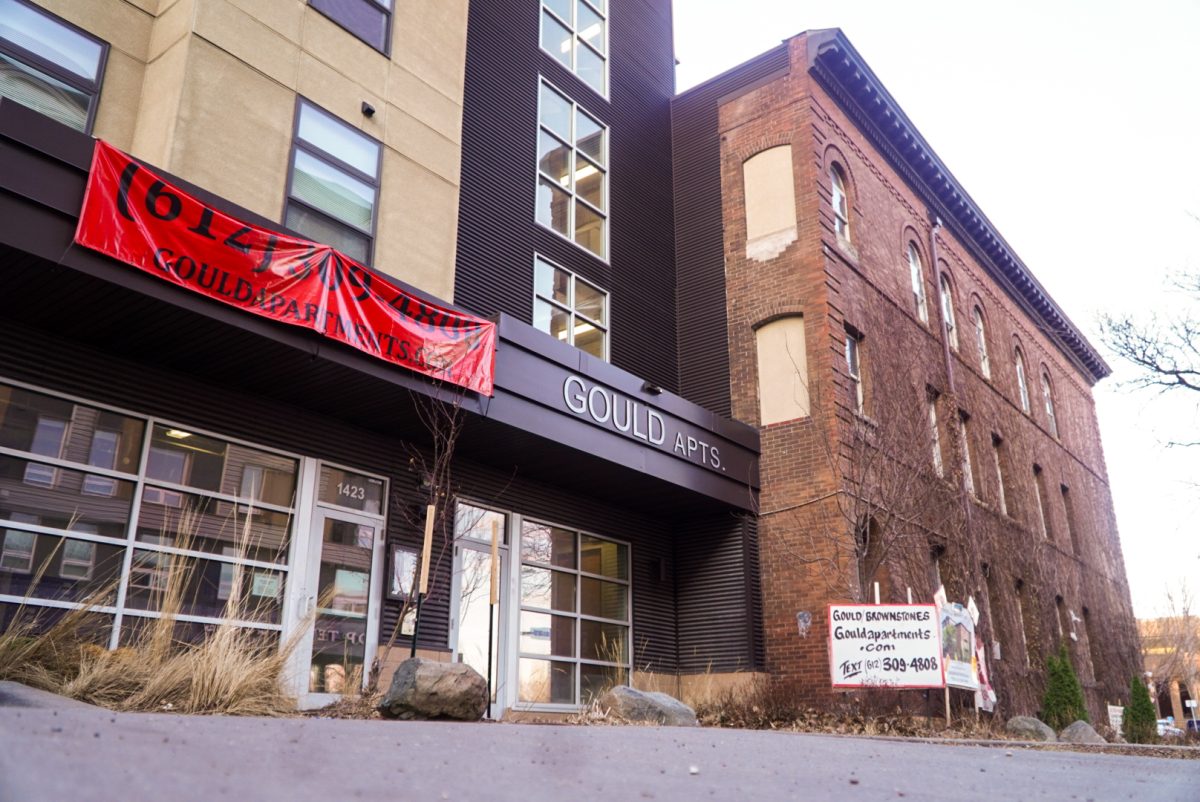Over the past few years, several University of Minnesota faculty members have spent hundreds of hours creating free online textbooks for their classes in lieu of traditional print ones.
The free textbooks, which have been used by students in Minnesota and around the world, are written by professors compassionate about students who may face financial barriers.
“When I was graduate student, I had to buy a book for basically $200 and then use it for one semester and then [never use it again]. So, I wanted to reduce cost for students,” said Bodong Chen, a University professor in the College of Education and Human Development and open textbook author.
University Libraries offers grants to faculty members to create and adopt open textbooks, and have published over 30 works so far ranging in topic from data modeling to physiology.
“For us, it’s part of our jobs … For me, teaching in this way is a [passion],” Chen said.
Authors of these materials, who are often faculty members, spend time writing the materials on top of their day-to-day work, often only receiving relatively small grants as compensation. Completing a textbook can take years.
“Whether the book ends up being free or expensive, the process is pretty much the same,” said David Ernst, director of the Open Textbook Library, a University-supported database of open textbooks.
The open textbook movement is growing across the country. Last month, legislation was passed in Congress that created a $5 million grant program for the creation of these materials.
Professors write open textbooks to remove the cost barrier to students, but they also offer a greater element of control for instructors, allowing them to make routine updates to the text and design material for more obscure courses.
“[Our] topic isn’t studying ancient Syrian pottery, it’s stuff that changes so much. And the idea of doing it electronically means that we can go in every semester and update the links and add things,” said Kathleen Hansen, a University professor who co-wrote a textbook on information gathering for the Hubbard School of Journalism and Mass Communication.
Since the textbooks are free, University faculty are able to avoid a campus policy hurdle that requires explicit approval before using one of their own books in a course.
“I think that [it’s] a way for people to create content and not have to worry about charging students for something they wrote, which might make them feel bad,” Hansen said.
Open textbooks are free not only to University students, but all people. The University’s Open Textbook Library hosts over 450 works and helps share University-produced works around the country, to places like the Virginia Commonwealth University, Miami University and the University of Iowa.
It has also opened up new curriculum possibilities for some professors. University professor Robin Murie teaches English as a second language and uses textbooks from the OTL to teach English more effectively.
Murie said she uses excerpts from textbooks as real-life examples of academic texts in her class, something she couldn’t easily do three years ago.
“My students seem to appreciate the fresh approach,” she said.








